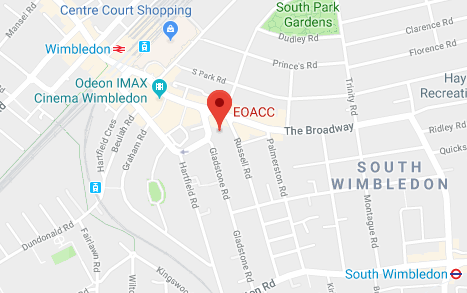Streamline Your Bookkeeping: A Guide for Interior Designers on Handling VAT
As an interior designer, you thrive in a world of creativity and aesthetics. However, managing the financial aspects of your business, particularly bookkeeping and VAT, can be daunting. In this post and video, I’ll guide you through streamlining your bookkeeping processes and understanding VAT implications for your business.
Understanding Bookkeeping for Interior Designers
Bookkeeping in the interior design industry is complex due to the variety of expenses and income streams involved. Effective bookkeeping requires a well-structured approach, clear documentation, and consistent processes. Here’s how to simplify it:
- Use Colour Coding for Accounts: Visual aids can make bookkeeping more approachable. For example, colour-coding groups of transactions can make it easier to understand your numbers.
- Create a Detailed Chart of Accounts: The chart of accounts (or general ledger) is fundamental to your bookkeeping system. Customise the descriptions in your accounting software to match your understanding and ensure everyone on your team knows what each account represents.
- Document Reimbursable Expenses: Reimbursable expenses, such as travel costs incurred on behalf of a client, should be meticulously tracked. Differentiate between reimbursable income (money you get back from clients) and reimbursable expenses (money spent on behalf of clients).
- Separate Accounts for Handling Fees and Procurement: If you charge handling fees or manage procurement of products for clients, create specific accounts for these transactions. This helps in accurately tracking and reporting these items.
Managing VAT for Interior Designers
When your business becomes VAT registered, it adds another layer of complexity to your bookkeeping. Here’s how to handle VAT effectively:
- VAT on Income and Expenses: As a VAT-registered business, you need to charge VAT on your income and can reclaim VAT on your expenses. For example, if you sell a product for £1,000, you must add 20% VAT, making the total £1,200. Similarly, if you purchase supplies for £8,400 (including £1,400 VAT), you can reclaim the £1,400.
- Maintaining a VAT Control Account: Use a VAT control account in your accounting system to record all VAT transactions. This account will track VAT collected from clients and VAT paid to suppliers, helping you determine the net VAT to pay or reclaim from HMRC.
Practical Tips for Streamlining Bookkeeping
- Automate Where Possible: Utilise accounting software and tools that integrate with your operational systems to automate data entry and reduce manual errors.
- Regular Reconciliation: Conduct regular reconciliations between your bank statements, accounting software, and operational systems. This helps in identifying discrepancies early and ensures accurate financial reporting.
- Clear Communication: Maintain clear and consistent communication between your design team and bookkeeping staff. Ensure that everyone understands where and how transactions should be recorded.
- Handling Timing Differences: Interior design projects often involve deposits and progress invoices, leading to timing differences between when income is recognised and when expenses are incurred. Reconcile your operational and accounting systems regularly to ensure all transactions are accurately recorded and matched.
- Adjusting for Annual Financial Statements: At the end of the financial year, reconcile your accounts to ensure that income and expenses are accurately reflected. This might involve adjusting entries to match income received with corresponding expenses, preventing inflated profits and ensuring accurate tax calculations.
- Outsource If Needed: If bookkeeping becomes too overwhelming, consider outsourcing to a professional accounting service. They can handle your financials, allowing you to focus on your core design work.
Conclusion
Effective bookkeeping and understanding VAT are crucial for the financial health of your interior design business. By implementing structured processes, leveraging technology, and maintaining accurate records, you can streamline your bookkeeping and focus on delivering exceptional design services. If you have any questions or need assistance, feel free to reach out to us at EOACC. We’re here to help you succeed.

